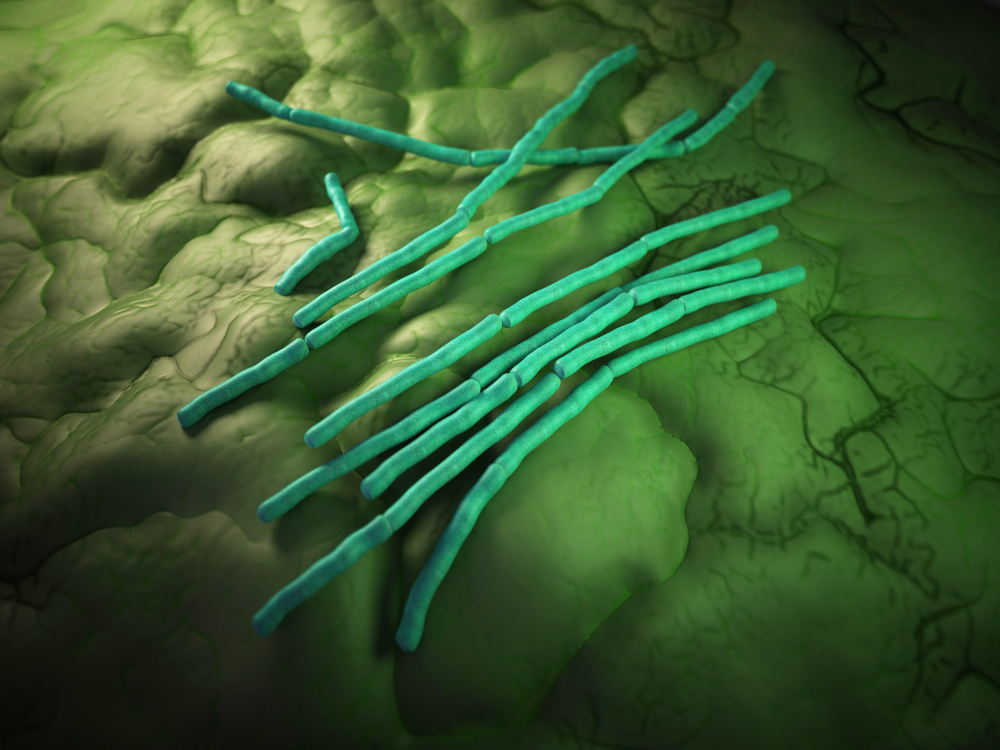Background: Bacillus cereus has a ubiquitous distribution in the environment and can be isolated from a variety of processed and raw foods. However, its presence in food is not a significant health threat unless it is able to grow. Consumption of food containing more than 105 viable B. cereus cells/g has resulted in outbreaks of food-borne illnesses and the establishment of specifications for various food ingredients by food manufacturers.
Foods frequently incriminated in outbreaks of B. cereus poisoning include boiled and fried rice, cooked pasta, cooked meats, cooked vegetables, soups, salads, pudding, and vegetable sprouts. Psychrotrophic B. cereus strains have been isolated from foods stored at refrigeration temperatures.
Method
Media
Turn Around Time
Sample Required
Type of Test
Reportable Units
Detection Limit
Related Resources
FDA BAM Chapter 14
Mannitol Yolk Polymyxin (MYP) Agar and/or Bacara agar plates
2-3 Business Days
10 to 100 g
Quantitative Plate Count Analysis
CFU per gram or CFU per mL or CFU per cm2 depending on original sample matrix
<10 CFU/g or <1 CFU/mL or <0.1 CFU/cm2 depending on original sample matrix
Link FDA Bad Bug Book Version 1 – Bacillus cereus and other Bacillus spp.
PDF FDA Bad Bug Book Version 2 – Bacillus cereus and other Bacillus spp.
Analysis Description: B. cereus colonies are differentiated from most commonly occurring Bacillus spp. by its inability to ferment mannitol and its unusual production of lecithinase. Therefore B. cereus colonies appear pink to red surrounded by a zone of whitish precipitate while other Bacillus spp. appear yellow with no zone of precipitate. Because acid produced by colonies other than B. cereus often diffuses throughout the agar, it may be difficult to distinguish mannitol-fermenting from non-fermenting organisms. Suspect colonies are transferred to Bacara agar plates to ascertain their true character. Bacara agar is highly selective, with no background flora growth and no cross reactions. Samples expected to contain B. cereus may also be plated directly on Bacara agar.
The sample is diluted with a buffer, blended, and an extracted amount is plated on MYP and/or Bacara agar, many times in a serial dilution format. Inoculated agar plates are incubated at 30°C for 18 to 24 hours. Confirmation of suspect B. cereus colonies may require 24-48 additional hours.


